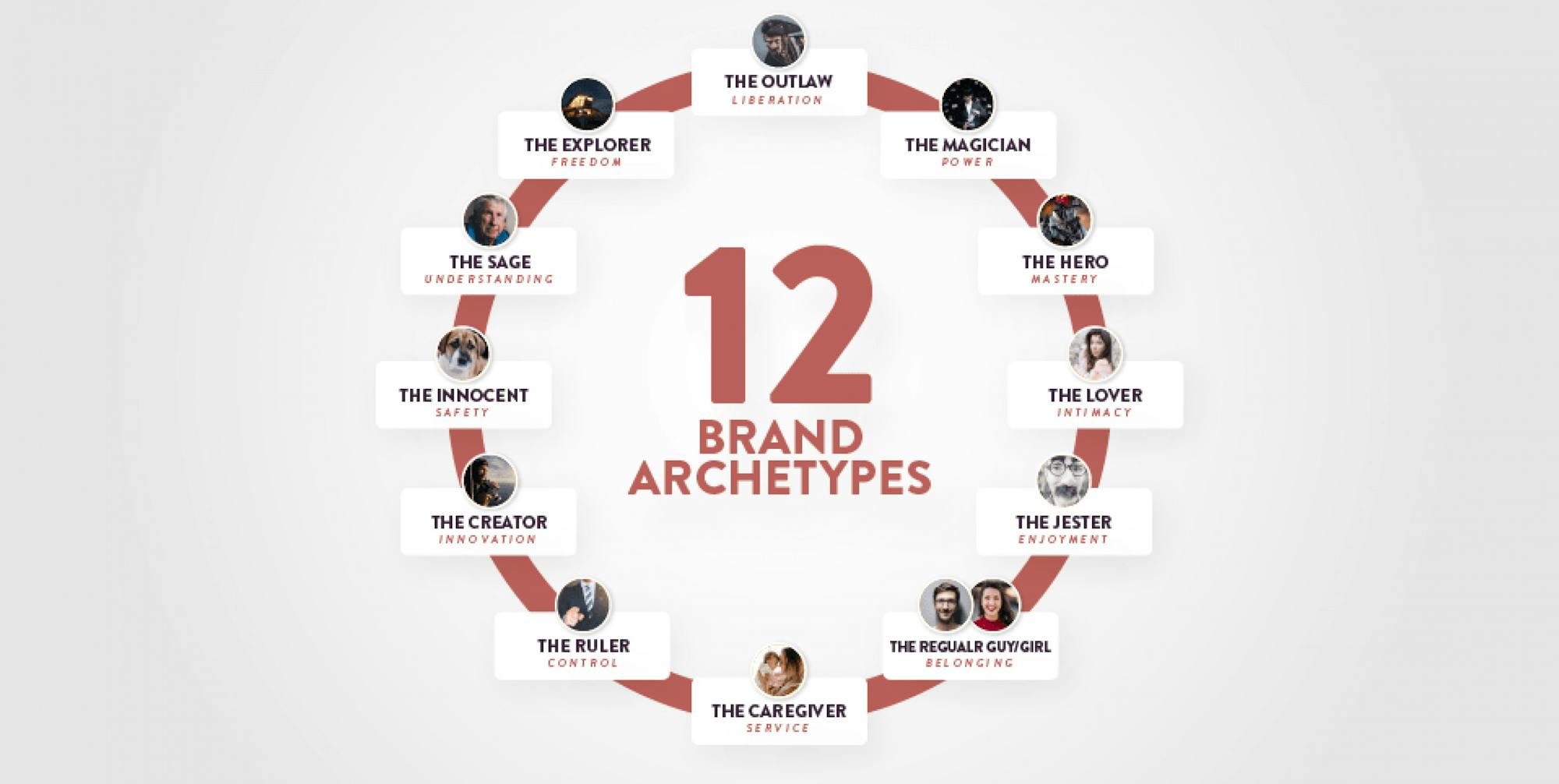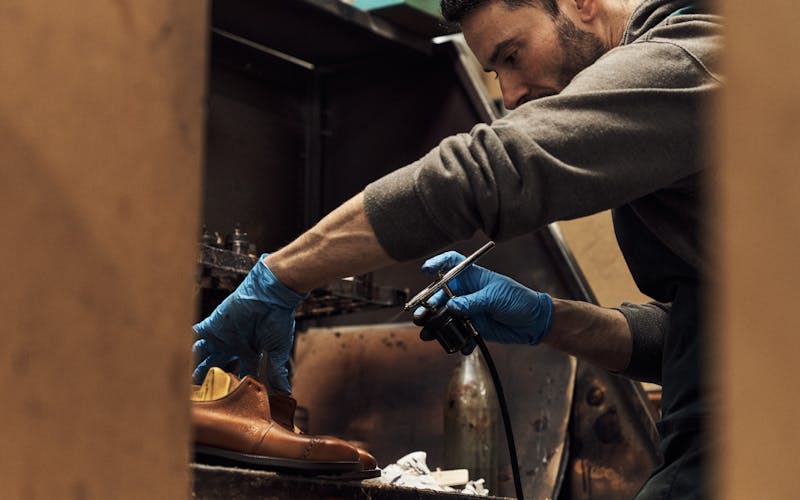

for Walpole members and
non-members available now
at The Londoner



Our relationship to the purpose or raison d'etre of a brand is the emotional driving force behind our joy of ownership. We want to belong to that club. To think of ourselves, and to be thought of as one of those kinds of people. Refined, adventurous, sophisticated, creative, off-the-wall or powerful and in control.
Stories help us tap into these subconscious urges and feed our deep-seated need to reinforce our ideas about personal identity."
Granted, the idea that brands need to tell stories is nothing new. It's almost a marketing cliché at this point. But given the undoubted power and significance of storytelling, it's surprising is how few professional marketers have taken the time to study the art in detail. What are the characteristics of great stories and what makes them so timelessly appealing? What makes one story tick along like a Dan Brown page-turner, whilst another fails to cut through? What secrets can we uncover and deploy in our storytelling to bring our brands to life in new, compelling ways?
Origins of storytelling in the Paleolithic?
The urge to tell stories appears to be a deeply human one, possibly even a defining characteristic of our species. The phenomena of 'cave art' represents some of the oldest traces of our existence. Dating back many tens of thousands of years, these enigmatic and often staggeringly beautiful works of art appear to tell mythologised stories of hunting and, possibly, of wild otherworldly visions induced by shamanic rituals or the ingestion of psychoactive plants. Yes, it appears even our Paleolithic ancestors may have occasionally dabbled with mind-altering substances to push the boundaries of their experience. Returning to everyday states of consciousness they recorded the contents of their fantastical visions for the benefit, enrichment or possibly just entertainment of their peers.
Archetypal characters or 'archetypes' in storytelling
Recognising the seemingly universal commonalities and recurring themes present in ancient art and mythology originating from cultures widely separated by geography and time led the German psychologist Carl Jung to develop his theory of the collective unconscious. Jung suggested that the human species shares a deep, unconscious repository of primal knowledge and 'stories' accumulated during the vast epochs of elapsed time since our emergence as a species. These stories and unconscious memories forming a kind of storehouse of accumulated knowledge and experience and existing at a deep subconscious level.
Jung also identified several 'archetypal characters' or story forms that appear to emerge frequently and to resonate cross-culturally. In essence, therefore, an archetypal character is defined as the 'purest form' of a character type. Be this a 'hero' a 'trickster' a 'magician' or a 'wise helper'. Across cultures and across huge expanses of time and geography, from the frozen Arctic to the jungles of South America, instantly recognisable versions of these same fundamental characters power our most enduring stories.
Archetypes in brand storytelling
The instantaneous, universal resonance of these enduring archetypal characters suggests obvious benefits to embedding this 'archetypal' thinking into brand storytelling as a powerful way to engage audiences. In their seminal work on the subject, 'The Hero and the Outlaw' Margaret Mark and Carol S. Pearson were the first to recognise and investigate the potential for archetypal thinking to be applied to branding in this manner.
By surveying the behaviours and communication styles of some of the world's most successful brands Mark & Pearson were able to map these brands against one of twelve widely understood archetypal characters. Could it be that the success of Nike (an obvious Hero archetype) could be due to its intuitive adoption of one of the oldest and most powerful archetypal characters? Viewed through the lens of archetypes and the collective unconscious it is hard to imagine that this has not been a factor in the enormous global success of the brand and its ability to engage widely disparate groups all around the world. And how about that all-out rebel (Outlaw) brand Harley Davidson? With its countercultural stance and willful rejection of the norms of society, it is hard to imagine a more perfectly articulated Outlaw brand. Is it a coincidence that Harley Davidson fans are willing to tattoo the brand's logo onto their bodies? Such is the depth of their feeling for the brand.
In conclusion, it appears that brands that deliberately or intuitively align themselves with one of the twelve universal archetypes gain something of an unfair advantage by tapping into millennia of pre-existing human experience. making brand archetypes one of the most powerful tools for brand managers looking to find ways to drive engagement and cut through in today's ever more competitive marketing landscape.
The next Woven x Walpole Masterclass takes place on Wednesday 23rd June. Walpole members, click here to RSVP.
At Woven we help brands identify and understand their archetypal character and to tap into the awesome power of the collective unconscious to create brand stories imbued with deep meaning and universal resonance. Visit woven.agency for more.






